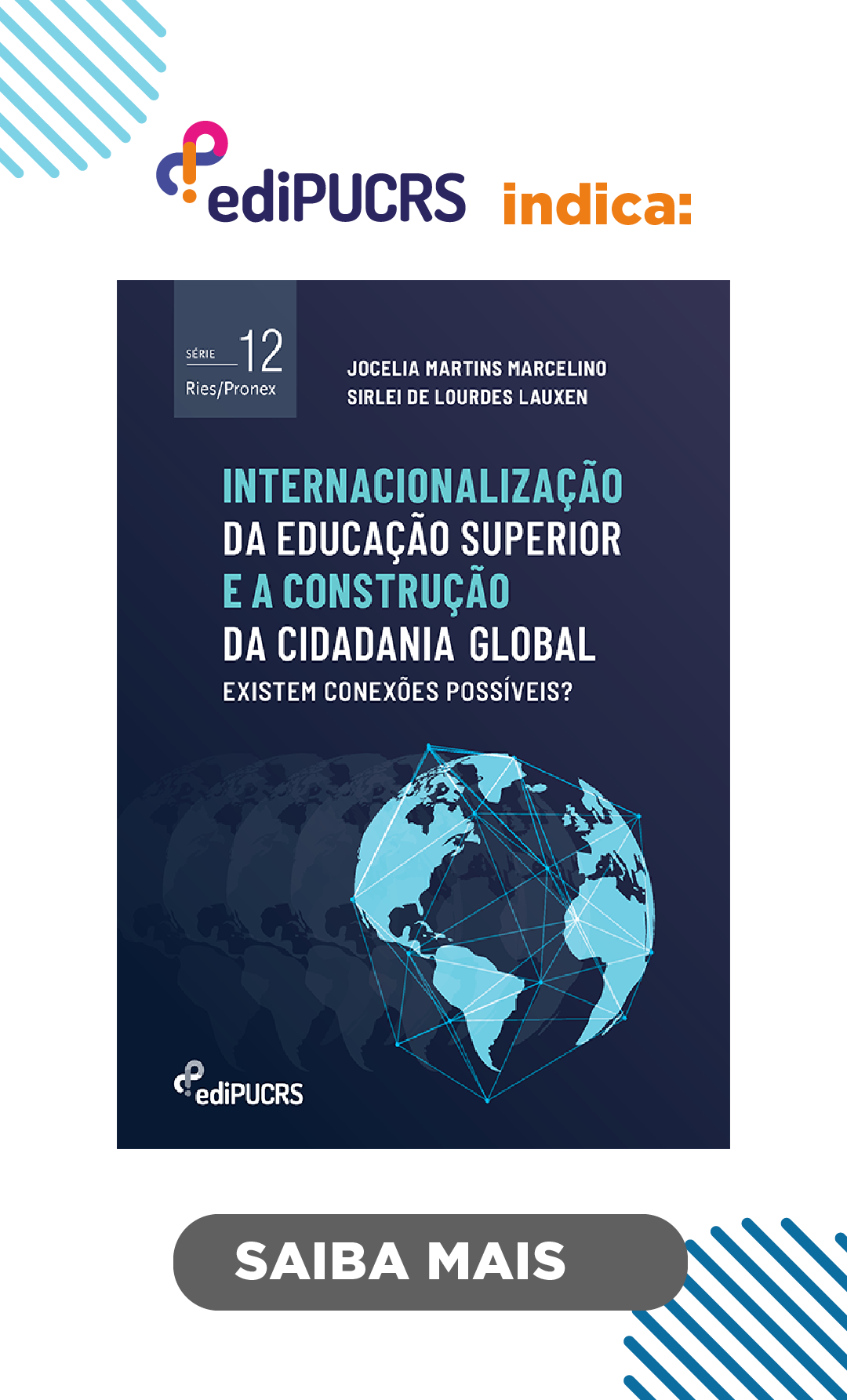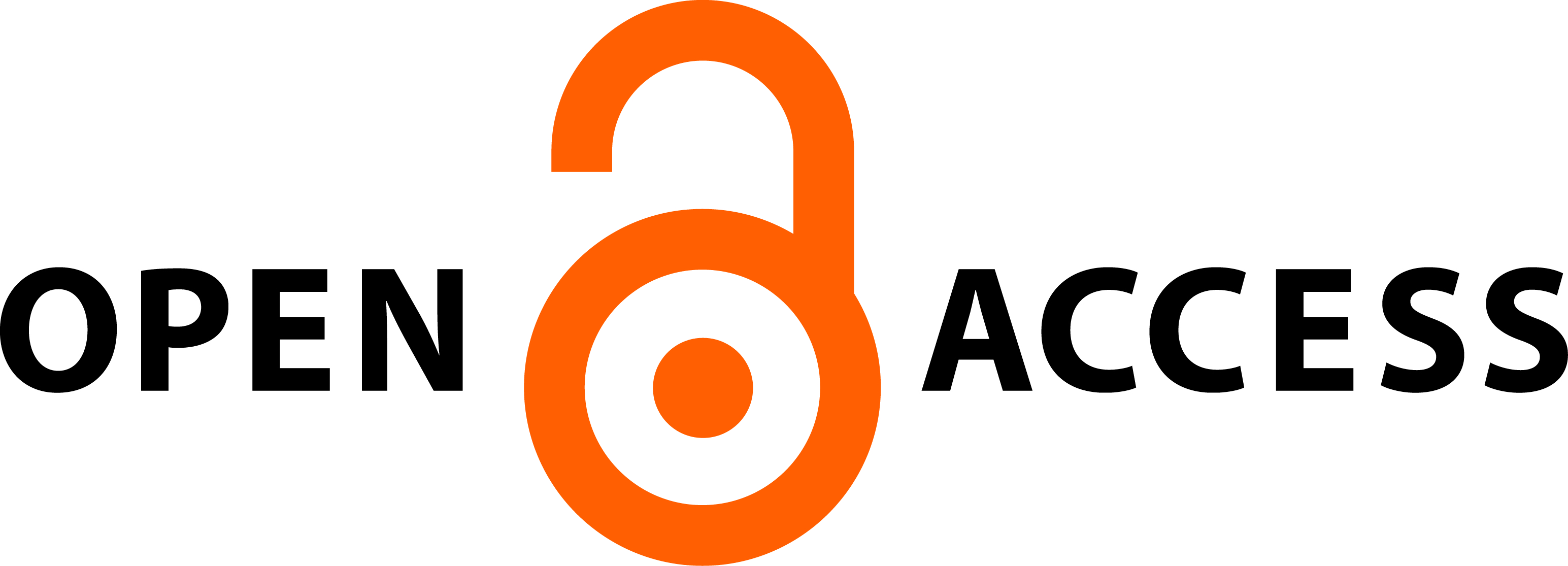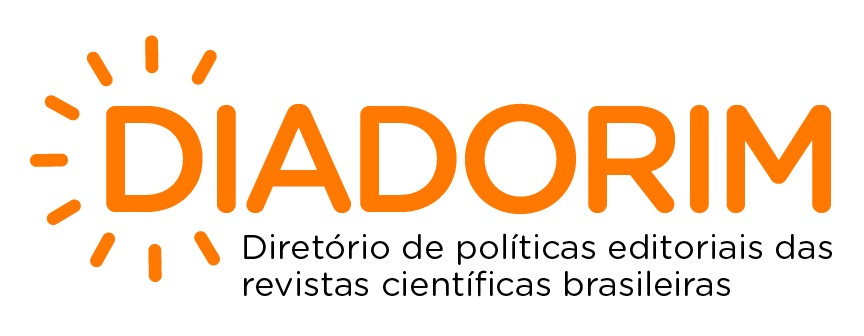Can you hear me? - Accessing the voice of the child with Autism and their parent
DOI:
https://doi.org/10.15448/1981-2582.2020.1.35477Palavras-chave:
Engagement, Autism, Child and Parent voice.Resumo
The aim of this paper is to access the voices of children with Autism Spectrum Disorders and their parents. This paper engages with philosophical conceptual frameworks exploring concepts of movement and engagement in eliciting child and parent voice. Qualitative, longitudinal case studies were conducted. Semi-structured interviews [n=83] were conducted with stakeholders including parents. Children with and without the label of Autism engaged in interventions drawing on the Creative Arts. Living autoethnography was considered a methodological tenet, establishing connectivity between life and research, self and others, providing a window through which the internal world of the parent was interpreted and understood. This research enabled children and parents to explore their worlds and deliberate on areas that affected their lives. The potential value for using the Creative Arts as a means of engaging children with Autism is discussed. Implications relating to movement [literal and metaphoric] and engagement are explored.
***Você pode me ouvir? - Acessando a voz da criança com Autismo e seus pais***
O objetivo deste artigo é acessar as vozes de crianças com Transtorno do Espectro Autista (TEA) e de seus pais. Este artigo aborda estruturas conceituais filosóficas que exploram conceitos de movimento e engajamento como forma de dar voz a crianças e pais. Estudos de caso qualitativos e longitudinais foram conduzidos. Entrevistas semiestruturadas [n = 83] foram realizadas com as partes interessadas, incluindo os pais. Crianças com e sem o diagnóstico de TEA envolveram-se em intervenções baseadas nas Artes Criativas. A autoetnografia viva foi considerada um princípio metodológico, estabelecendo conectividade entre a vida e a pesquisa, o eu e os outros, fornecendo uma janela através da qual o mundo interno dos pais foi interpretado e compreendido. Esta pesquisa permitiu que crianças e pais explorassem seus mundos e deliberassem sobre as áreas que afetaram suas vidas. O valor potencial do uso das Artes Criativas como meio de envolver as crianças com Autismo é discutido. Implicações relacionadas ao movimento [literal e metafórico] e engajamento são exploradas.
Palavras-chave: Engajamento; Crianças com Autismo, Voz da criança; Voz dos pais; Inclusão, Movimento; Imitação; Teatro de Fantoches
Downloads
Referências
Baron-Cohen, S. (1989). The autistic child’s theory of mind: A case of specific developmental delay. Child Psychology & Psychiatry & Allied Disciplines, 30(2), 285– 297. https://doi.org/10.1111/j.1469-7610.1989.tb00241.x.
Bauminger, N., & Shulman, C. (2003). The development and maintenance of friendship in highfunctioning children with autism: Maternal perceptions. Autism, 7(1), 81-97. https://doi.org/10.1177/1362361303007001007.
Caldwell, P. (2010). ASD and Intensive Interaction. London: Jessica Kingsley.
Dawson, G., Munson, J., Estes, A., Osterling, J., McPartland, J., Toth, K., . . . Abbott, R. (2002). Neurocognitive function and joint attention ability in young children with autism spectrum disorder versus developmental delay. Child Development, 73(2), 345-358. https://doi.org/10.1111/1467-8624.00411.
De Jaegher, H. (2013). Embodiment and sense- -making in autism. Frontiers in integrative neuroscience, 7, 15. https://doi.org/10.3389/fnint.2013.00015.
Deleuze, G., Guattari, F., & Massumi, B. Nomadology: The war machine. New York: Semiotext (e).
Deleuze, G., & Guattari, F. (1987). A Thousand Plateaus: Capitalism and Schizophrenia. London: Athlone Press.
Dwight-Salmon, M. (2005). Script training with storybooks and puppets: A social skills intervention package across settings for young children with autism and their typically developing peers. (Tese de
Doutorado). The Ohio State University. Epstein, I., Stevens, B., McKeever, P., Baruchel, S., & Jones H. (2008). Using puppetry to elicit children’s talk for research. Nursing Inquiry, 15(1), 49-56. https://doi.org/10.1111/j.1440-1800.2008.00395.x.
Escalona, A., Field, T., Nadel, J., & Lundy, B. (2002). Imitation effects on children with ASD. Journal of ASD and Developmental Disorders, 32, 141–144.
Fuchs, T., & De Jaegher, H. (2009). Enactive intersubjectivity: Participatory sense-making and mutual incorporation. Phenomenology and the cognitive sciences, 8(4), 465-486. https://doi.org/10.1007/s11097-009-9136-4.
Government of Ireland. (2004). Education for Persons with Special Educational Needs (EPSEN) Act. Dublin: Stationery Office.
Government of Ireland. (2005). Disability Act. Dublin: Stationery Office.
Graham, A. & Fitzgerald, R. (2010). Progressing children’s participation: Exploring the potential of a dialogical turn. Childhood, 17(3), 343-359. https://doi.org/10.1177/0907568210369219.
Hobson, R. P. (1993). ASD and the development of mind. Hove: Lawrence Erlbaum.
Hobson, R. P. (2007). On being Moved in Thought and Feeling: An Approach to ASD. In P. M. Gonzales, J. M. Pérez, M. L. Comí, C. Nieto (Eds.). New Developments in ASD: The Future is today. (pp. 139-154). London: Jessica Kingsley.
IngersolL, B. (2012). Brief report: Effect of a focused imitation intervention on social functioning in children with autism. Journal of autism and developmental disorders, 42(8), 1768-1773. https://doi.org/10.1007/s10803-011-1423-6.
Johora, F. T., Fleer, M., & Veresov, N. (2019). Inclusion of a child with expressive language difficulties in a mainstream Australian preschool–roundabout ways can create opportunities for participation. International Journal of Inclusive Education, p. 1-18. https://doi.org/10.1080/13603116.2019.1609100.
Jones, P.; & Gillies, A. (2010). Engaging young children in research about an inclusion project. In R. Rose (Ed.). Confronting obstacles for inclusion-
-international responses to developing education. (pp. 123-136). London: Routledge. https://doi.org/10.4324/9780203846780.
Kasari, C., Locke, J., Gulsrud, A., & Rotheram-Fuller, E. (2011). Social networks and friendships at school: Comparing children with and without ASD. Journal of autism and developmental disorders, 41(5), 533-544.
https://doi.org/10.1007/s10803-010-1076-x.
Leitch, R., & Mitchell, S. (2007). Caged birds and cloning machines: how student imagery ‘speaks’ to us about cultures of schooling and student participation. Improving Schools, 10(1), 53-71. https://doi.org/10.1177/1365480207073722.
Lewis, A. (2010). Silence in the context of ‘child voice’. Children & Society, 24(1), 14-23.
Lewis, A., & Porter, J. (2007). Research and pupil voice. In L. Florian (Ed.). The SAGE handbook of special education. (pp. 223-234). London: SAGE Publications Ltd. https://doi.org/10.4135/9781848607989.n17.
Long, L., Mcphillips, T., Shevlin, M., & Smith, R. (2012). Utilising creative methodologies to elicit the views of young learners with additional needs in literacy. Support for Learning, 27(1), 20-28. https://doi.org/10.1111/j.1467-9604.2011.001506.x.
Nadel, J. (2014). How imitation boosts development in infancy and autism spectrum disorder. Oxford: OUP Oxford.
Nadel, J., Aouka, N., Coulon, N., Gras-Vincendon, A., Canet, P., Fagard, J., & Bursztejn, C. (2011). Yes they can!: An approach to observational learning in low-functioning children with autism. Autism, 15(4), 421-435. https://doi.org/10.1177/1362361310386508.
Ngunjiri, F. W., Hernandez, K.-A. C., & Chang, H. (2010). Living autoethnography, Connecting life and research. Journal of research practice, 6(1), 1-15.
Parsons, S., Guldberg, K., MacLeod, A., Glenys, J., Prunty, A., & Balfe, T. (2009). International review of the literature of evidence of best practice provision in the education of persons with autistic spectrum disorders. Ireland: National Council for Special Education. https://doi.org/10.1080/08856257.2011.543534.
Reddy, V. (2008). How infants know -minds. Cambridge: Harvard University Press.
Reddy, V. (2012). Moving others matters. In A. Foolen; U. M. Lüdtke; T. P. Racine; J. Zlatev (Eds.). Moving ourselves, moving others. (pp. 139-164). Amsterdam: John Benjamins Publishing Company. https://doi.org/10.1075/ld.3.3.10gre.
Rochat, P., Passos-Ferreira, C., & Salem, P. (2009). Three levels of intersubjectivity in early development. Proceedings of the International Workshop “Enacting Intersubjectivity: Paving the way for a dialogue between Cognitive Science, Social Cognition, and Neuroscience”. (pp. 173-190). Lugano, Switzerland: Istituto di Psicologia e Sociologia della Comunicazione.
Rose, R., & Shevlin, M. (2010). Count me in!, Ideas for actively engaging students in inclusive classrooms. [S.l.]: Jessica Kingsley Publishers.
Rose, R., Shevlin, M., Twomey, M., & Zhao, Y. (2017). Gaining access to support for children with special educational needs in the early years in Ireland, parental perspectives. International Journal of Early Years Education, 25(4), 379-392. https://doi.org/10.1080/09669760.2017.1321529.
Salmon, M. D., & Sainato, D. M. (2005). Beyond Pinocchio, Puppets as teaching tools in inclusive early childhood classrooms. Young Exceptional Children, 8(3) p. 12-19. https://doi.org/10.1177/109625060500800303.
Schrandt, J. A., Townsend, D. B., & Poulson, C. L. (2009). Physical activity in homes 13 teaching empathy skills to children with autism. Journal of Applied Behavior Analysis, 42(1), 17-32. https://doi.org/10.1901/jaba.2009.42-17.
Smith, A. B., & Taylor, N. J. (2000). Children’s voices, Research, policy and practice. New Zealand: Pearson Education,
Sterponi, L., & Fasulo, A. (2010). “How to go on”, Intersubjectivity and progressivity in the communication of a child with autism. Ethos, 38(1), 116-142. https://doi.org/10.1111/j.1548-1352.2009.01084.x.
Tozer, R. (2003). Involving children with ASD in research about their lives. Methodological issues in interviewing children and young people with learning difficulfies. (pp. 2001-3). Birminghan: University, ESRC.
Trevarthen, C., & Delafield-Butt, J. T. (2013). Autism as a developmental disorder in intentional movement and affective engagement. Frontiers in Integrative Neuroscience, 7, Article 49, 1-16. https://doi.org/10.3389/fnint.2013.00049.
Trimingham, M. (2010). Objects in transition, The puppet and the autistic child. Journal of Applied Arts & Health, 1(3), 251-265. https://doi.org/10.1386/jaah.1.3.251_1.
Twomey, M. (2016). Transitions, Space and Place. Children’s Research Digest, 3(2), 1-7.
Twomey, M. (2018). Embodied Voice: Children speak through their bodies. In Twomey, M.; Carroll, C. (Eds). ‘Seen and Heard’ Researching with Children, An interdisciplinary approach to exploring children’s participation, engagement and voice. United Kingdom: Peter Lang.
Twomey, M., & Shevlin, M. (2017). Parenting, autism spectrum disorders and inner journeys. Journal of Research in Special Educational Needs, v. 17, (3), 157-167. https://doi.org/10.1111/1471-3802.12373.
United Nations. Committee on the Rights of the Child. (1989). Convention on the Rights of the Child. Geneva: United Nations. https://doi.org/10.1007/springerreference_301090.
Wimpory, D. C., Hobson, R. P., & Nash, S. (2007). What facilitates social engagement in preschool children with autism?. Journal of Autism and Developmental Disorders, 37(3), 564-573. https://doi.org/10.1007/s10803-006-0187-x.
Winnicott. D. W. (1971). Playing and Reality. New York: Basic Books.
Wolfberg, P., Bottema-Beutel, K., & Dewitt, M. (2012). Including Children with Autism in Social and Imaginary Play with Typical Peers, Integrated Play Groups Model. American Journal of Play, 5(1), p. 55-80. https://doi.org/10.1037/e669652011-001.
Downloads
Publicado
Como Citar
Edição
Seção
Licença
Copyright (c) 2020 Educação

Este trabalho está licenciado sob uma licença Creative Commons Attribution 4.0 International License.
Direitos Autorais
A submissão de originais para a Educação implica na transferência, pelos autores, dos direitos de publicação. Os direitos autorais para os artigos publicados nesta revista são do autor, com direitos da revista sobre a primeira publicação. Os autores somente poderão utilizar os mesmos resultados em outras publicações indicando claramente a Educação como o meio da publicação original.
Licença Creative Commons
Exceto onde especificado diferentemente, aplicam-se à matéria publicada neste periódico os termos de uma licença Creative Commons Atribuição 4.0 Internacional, que permite o uso irrestrito, a distribuição e a reprodução em qualquer meio desde que a publicação original seja corretamente citada.





